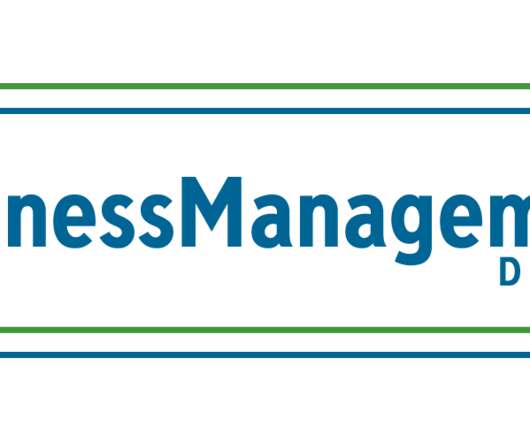What are fringe benefits? What employers need to know
Insperity
JANUARY 27, 2022
What are fringe benefits? In common parlance, fringe benefits (a.k.a. perks or perquisites) are benefits you offer in addition to pay. The IRS’ Publication 15-B (2021) Employer’s Tax Guide to Fringe Benefits defines a fringe benefit as “a form of pay for the performance of services.












Let's personalize your content